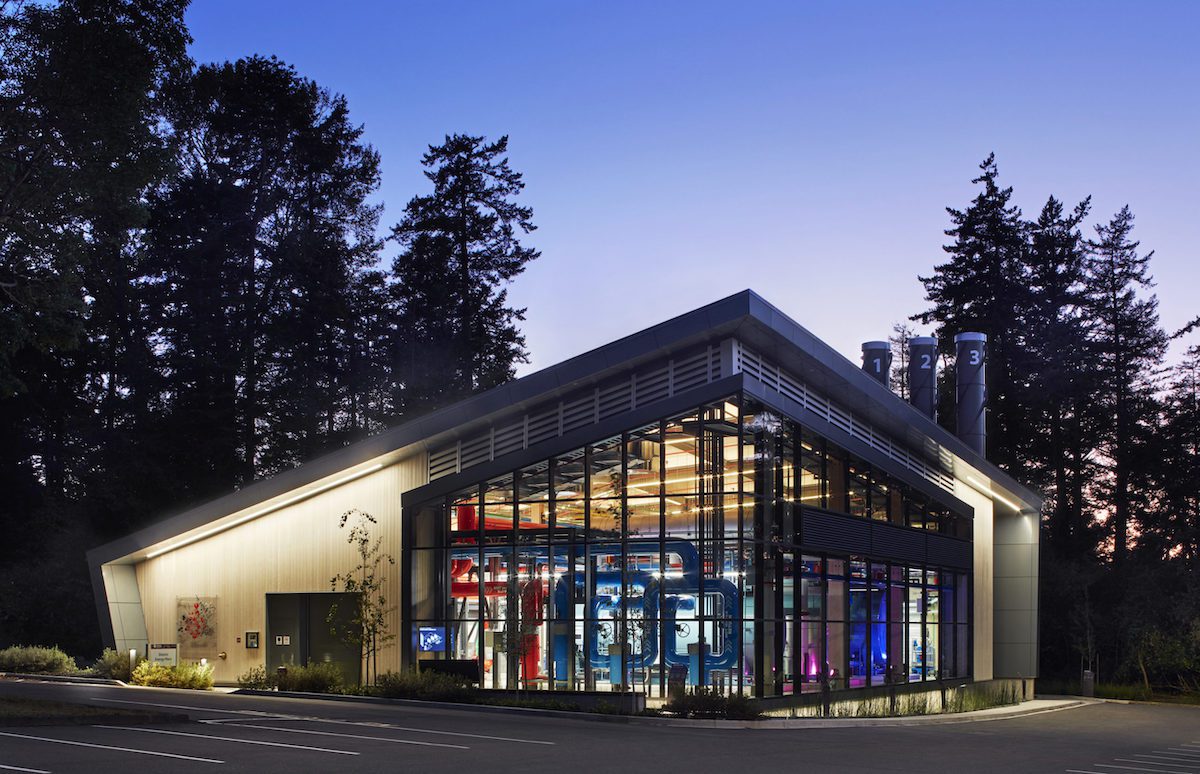The Canadian government recently announced the launch of a new application period for the Low Carbon Economy Challenge, known as the Challenge Fund.
This fund will invest up to $170 million to support projects across Canada that deploy proven clean technologies to reduce greenhouse gas emissions.
- Canadian Government to back projects
- Project to electrify campus energy system
- Investing in innovative local solutions to fight climate change
- New funding open through February 2024
- Funding amounts and cost-sharing structure
- Eligibility criteria
- Accelerating progress
Canadian Government to back projects cutting emissions through efficiency, renewables, and more
The Low Carbon Economy Challenge aims to accelerate emissions reductions by funding projects that utilize established low-carbon technologies.
This includes energy efficiency retrofits, waste diversion tactics, fuel switching to renewable energy, heat pump installations, and more.
Supported initiatives will cut greenhouse gases across all sectors of the economy. In doing so, they will move Canada closer to achieving its 2030 emissions reduction target and net-zero goal by 2050.
Beyond emissions cuts, these projects also promise to lower energy costs for recipients while creating jobs through construction and installation.
University of Victoria highlights project to electrify campus energy system
To showcase the impact of the Challenge Fund, Parliamentary Secretary Julie Dabrusin appeared at the University of Victoria alongside UVic’s Vice-President of Finance and Operations, Kristi Simpson.
The leaders highlighted the university’s progress on an initiative to electrify a portion of its district energy system. This system provides heating and cooling to 32 buildings across the main campus.

With up to $2.4 million in support from the 2022 Challenge Fund, the university will replace one existing natural gas boiler with electric boilers.
This switch will reduce UVic’s consumption of natural gas and cut its overall greenhouse gas emissions.
Investing in innovative local solutions to fight climate change
Announcing the launch of the new application period, Dabrusin emphasized how the Challenge Fund backs local initiatives that drive significant emissions reductions.
She added that through the broader Low Carbon Economy Fund, the federal government partners with climate leaders nationwide to create lasting change.
Simpson explained how this funding accelerates UVic’s carbon reduction goals in the short term while positioning the institution for long-term success.
She noted that the project will reduce emissions by 50% compared to 2010 levels, helping UVic maintain its ranking as the world’s third-best university for climate action.
New funding cycle now open through February 2024
With this latest announcement, the Department of Environment and Climate Change Canada confirmed that new applications for the Challenge Fund are open and will be accepted until February 8, 2024.
Over $1 billion has already been awarded through the program to support projects reducing 6 megatonnes of greenhouse gas emissions annually. The department is now looking to build on that success through this additional $170 million in funding.
Applicants can visit the Low Carbon Economy Challenge website for full details on eligibility, required proposal content, and timelines for submission.

Funding amounts and cost-sharing structure
The Low Carbon Economy Challenge allows applicants to request between $1 million and $25 million in funding towards eligible project expenditures.
The federal government will cover a set percentage of total eligible costs based on the applicant type.
This cost-share ranges from 25% to 75%:
- 25% for for-profit businesses
- 50% for not-for-profit organizations, public sector bodies, research institutions, and provincial governments
- 50% for regional/local/municipal governments in a province
- 75% for regional/local/municipal governments in a territory
- 75% for territorial governments
- 75% for Indigenous recipients
For example, a for-profit business could receive up to 25% of eligible expenditures. So to get the $1 million minimum in federal funding, they would need to propose a project with at least $4 million in eligible costs.
The cost-sharing structure allows the federal government to maximize impact by leveraging external funding sources. It also encourages applicants to put forward their most ambitious emissions-reducing projects.
Eligibility Criteria
To qualify for funding, proposed projects must:
- Result in greenhouse gas (GHG) emission reductions in 2030 that align with Canada’s net-zero by 2050 goal
- Reduce emissions directly controlled by the applicant/partner (direct reductions) and/or from the electricity grid (acquired reductions)
- Deliver reductions that exceed existing regulations and standards, as well as any ongoing work by the applicants (incremental reductions)
- Generate emissions reductions directly from the funded activities
Projects must also meet additional criteria, including:
- Utilizing commercially available technologies
- Confirming the project location
- Ensuring any electricity/fuel production is primarily for the applicant’s own operations (except for certain community and industrial projects)
Applicants can complete a self-screening tool to evaluate alignment with eligibility and competitiveness.
To access the tool, please send an email to lcef-fefec@ec.gc.ca.
Click here for the Application Guide.
Ineligible projects
The fund will not support projects focused solely on research, development, education, or behavioral change. Other ineligible projects include feasibility studies and any initiatives that explore emissions reduction methods without implementation.
The criteria ensure funded projects deliver measurable, near-term emissions reductions through commercially viable technologies. This accelerates progress towards Canada’s climate targets.
Accelerating progress through the Emissions Reduction Plan
The launch of this new Challenge Fund application period comes as the Government of Canada works to implement its ambitious Emissions Reduction Plan, launched in 2022.
The plan lays out concrete steps to slash Canada’s greenhouse gas emissions by 40% below 2005 levels before 2030. It also plots the path to reaching net-zero emissions by 2050.
The Low Carbon Economy Challenge represents just one of many initiatives the government has rolled out to turn these climate commitments into on-the-ground impact through investments in clean technologies and community climate action.








